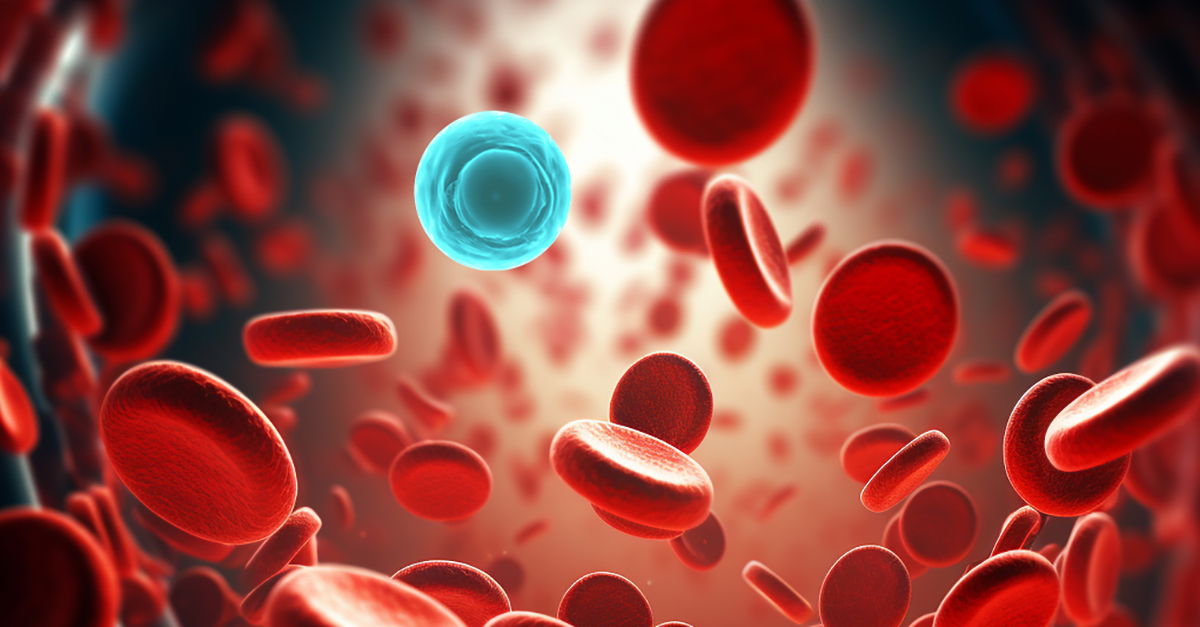The human placenta is a difficult organ to study. Real-time monitoring of placental health, however, would greatly reduce the risk of adverse pregnancy-related outcomes. A team of scientists funded by NICHD through the Human Placenta Project (HPP) is using the latest cell capture technology to isolate rare placental cells circulating in the blood for “omics” analysis. The team is working to determine baseline placentomics profiles for typical pregnancies and those affected by health conditions like preeclampsia.

Credit Daniel Chiu, Ph.D.
Applying Circulating Tumor Cell Technology
Cells from the placenta and the fetus that are shed into a pregnant woman’s bloodstream are relatively rare—much like those shed by tumors in cancer patients. A team of scientists led by Patrick Stayton, Ph.D., is adapting methods used to isolate tumor cells from circulating blood to isolate fetal cells, placental cells, and placental extracellular vesicles. In one study, the team describes a method they developed, called S-eDAR (sequential ensemble-decision aliquot ranking), that enabled them to separate fetal cells in the blood. In another study, they describe how they created magnetic nanoparticles capable of binding to placental extracellular vesicles as a means to isolate the vesicles from blood samples.
Learn more about the team
Principal Investigator(s):
Learn more about the HPP-funded project:
Placentomics using a novel method to isolate circulating placental derivatives
 BACK TO TOP
BACK TO TOP